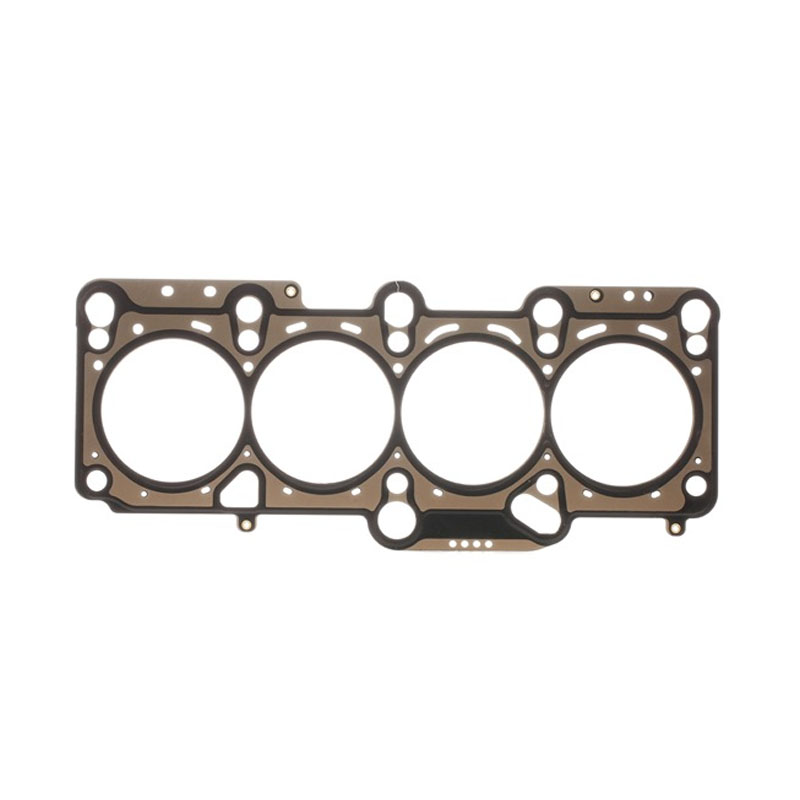oil sump drain plug
Understanding the Importance of Oil Sump Drain Plugs
In the intricate system of an engine, several components work harmoniously to ensure optimal performance. One crucial part of this assembly is the oil sump drain plug. This small yet indispensable fixture plays a significant role in the maintenance and longevity of an engine, making it essential for car owners and mechanics alike to understand its functionality and significance.
What is an Oil Sump Drain Plug?
The oil sump drain plug is a threaded component located at the lowest point of the oil pan, which collects and retains the engine oil. Its primary purpose is to provide an outlet for draining used oil when performing an oil change. By allowing the old oil to be expelled, the drain plug facilitates the introduction of fresh oil, ensuring that the engine operates smoothly and efficiently.
Functionality and Construction
Typically made from durable materials such as aluminum or steel, the drain plug is designed to withstand high temperatures and pressure while maintaining a secure seal to prevent leaks. Its design often includes a washer or O-ring to enhance sealing capability and minimize the risk of oil spills. When it comes time for an oil change, the mechanic will remove the drain plug, allowing the old oil to flow out into a catch basin.
Maintenance and Care
oil sump drain plug

Regular maintenance of the drain plug is crucial for the overall health of the engine. Over time, the plug and its components can wear down due to exposure to high temperatures and corrosive elements within the oil. As such, it’s important to inspect the drain plug for signs of wear, deformation, or damage. If any issues are found, the plug should be replaced to avoid oil leaks, which could lead to a myriad of engine problems.
Common Issues
One common issue associated with the oil sump drain plug is stripping of the threads. This can occur if the plug is overtightened during installation or removal. Stripped threads create a gap that can lead to oil leaks, resulting in a loss of oil and potential engine damage. In this case, a thread repair kit or a larger replacement plug may be required to restore functionality.
Another potential problem is the misplacement or failure of the sealing washer. If this component does not create a proper seal, it too can lead to oil leaks. Regular inspections and ensuring that the sealing components are in good condition can help prevent such issues.
Conclusion
The oil sump drain plug may be a small component of an engine, but its significance cannot be overstated. Regular maintenance and vigilance regarding its condition can have a significant impact on engine performance and longevity. As car technologies evolve, so too will the designs of these essential parts, but the fundamental need for a reliable oil drain mechanism will always remain. For any vehicle owner or automotive enthusiast, understanding the role of the oil sump drain plug is a vital step in ensuring your engine runs smoothly and efficiently for years to come. Take the time to check this often-overlooked component during your regular maintenance routine; your engine will thank you for it!
-
Understanding the Front Main Engine Seal: Purpose, Maintenance, and Installation
News Jul.29,2025
-
Understanding O-Rings and Seal Rings: Types, Applications, and Custom Solutions
News Jul.29,2025
-
Understanding Crankshaft Oil Seals: Rear Seals, Pulley Seals, and Their Role in Engine Integrity
News Jul.29,2025
-
The Importance of Front and Rear Crankshaft Seals in Engine Performance and Oil Management
News Jul.29,2025
-
Crank Oil Seals: Functions, Types, and Cost Considerations in Engine Maintenance
News Jul.29,2025
-
A Comprehensive Guide to O-Rings and Seals: Types, Materials, and Global Applications
News Jul.29,2025
-
Mastering Diesel and Performance Engine Maintenance: A Guide to Critical Oil Gaskets
News Jul.28,2025
Products categories















